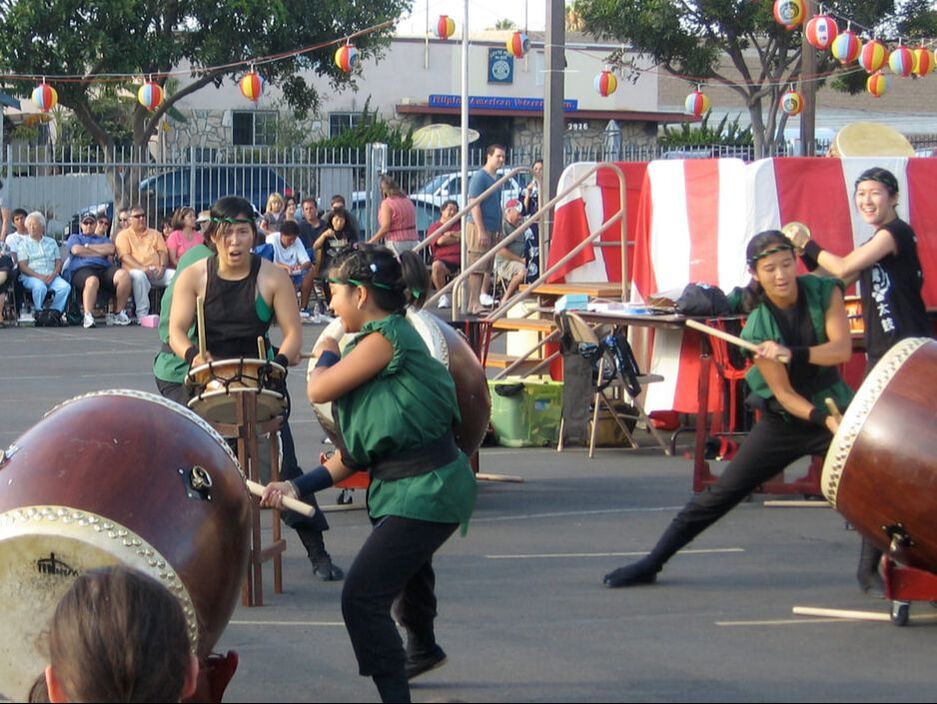|
|
|
It is well known that Asian American men are commonly stereotyped as effeminate, asexual and nerdy in American society. But how are such dominant stereotypes experienced by them, and how do they negotiate, avoid and contest them? In my Identities article, ‘What makes hegemonic masculinity so hegemonic? Japanese American men and masculine aspirations’, I demonstrate how Asian American men appear to be emasculated in such a manner because they are compared to idealised, hegemonic images of masculinity usually associated with white men.
Because such hegemonic masculine standards have become pervasive and widely accepted in American society, they have also been adopted by Japanese American men. As a result, they perceive their subordinate masculinity as inferior and effeminate, making them feel romantically unattractive. Such negative assessments are shared by Japanese American women, who are also under the pervasive influence of hegemonic masculinity and often find Japanese American men to be romantically undesirable, and prefer to date and marry white men.
Therefore, the association of white men with hegemonic masculinity reinforces racialised hierarchies that give them privileged access to Asian American women, whereas Asian American men do not have such interethnic privileges. Although most white men also cannot live up to hegemonic ideals of manliness that are often attributed to them, such masculine inadequacies are simply seen as individual deficiencies and do not make them feel ethnically emasculated as a group, nor produce derogatory stereotypes that limit their romantic possibilities.
Japanese American men do not simply accept the emasculated stereotypes that are imposed upon them, and instead try to avoid and contest them in various ways. Some of them (especially youth) attempt to appropriate the qualities of hegemonic masculinity by engaging in hypermasculine performances. Some rebel against desexualised images of Asian men through performative renditions of African American masculinity such as hip hop and rap. However, such exaggerated attempts to recover their manliness seem to have limited public impact, since they are confined to the safe spaces and privacy of local Asian American communities in order to avoid the possible criticism and ridicule from a broader audience. Other Japanese American youth have engaged in loud and powerful taiko performances (traditional Japanese drumming) as another way to publicly display their masculinity and subvert emasculating images that portray them as quiet, submissive and weak. In contrast to hegemonic masculinity, such taiko performances do not involve the patriarchal subordination of women, since women outnumber men in taiko ensembles and gendered inequalities are actively avoided. Therefore, they are an alternative and more moderate form of hegemonic masculinity. In order for Japanese American men to truly avoid denigrating stereotypes about their masculinity, it is not enough for them to defensively engage in hypermasculine performances. They must instead directly question and criticise prevalent hegemonic ideals about manhood that disadvantage them. In fact, a few Japanese American men contested hegemonic masculinity by valorising their feminised, subordinate masculinity as a more desirable type of manhood that is considerate, egalitarian and domestically oriented. If such re-evaluations of Asian masculinities gradually spread among Japanese American men (and possibly women) over time, hegemonic masculinity may eventually be replaced by this more inclusive, democratic masculinity as a new hegemonic ideal.
Blog post by Takeyuki (Gaku) Tsuda, Arizona State University, USA
Read the full article: Tsuda, Takeyuki (Gaku). What makes hegemonic masculinity so hegemonic? Japanese American men and masculine aspirations. Identities: Global Studies in Culture and Power. DOI: 10.1080/1070289X.2020.1851005
0 Comments
Your comment will be posted after it is approved.
Leave a Reply. |
|
Explore Identities at tandfonline.com/GIDE |
|
The views and opinions expressed on The Identities Blog are solely those of the original blog post authors, and not of the journal, Taylor & Francis Group or the University of Glasgow.

